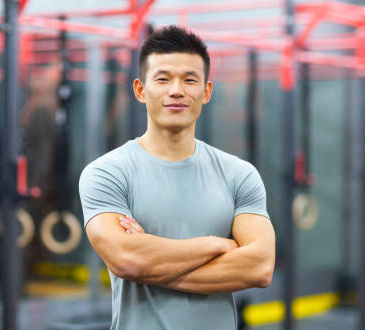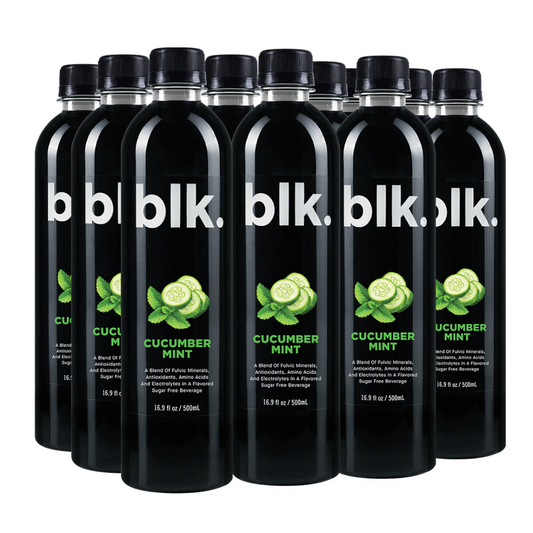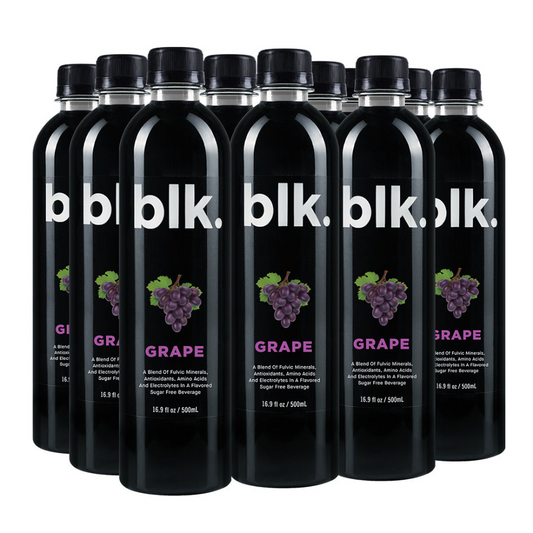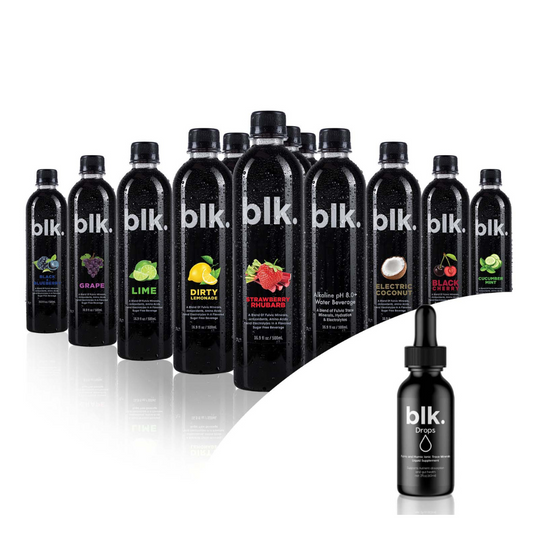
No-Equipment Strength Workouts
If you have been slacking on your fitness, strength training is a quick and easy way to start toning up. The good news is you don't need to go to the gym to build muscle. Incorporating no-equipment strength workouts from home is an easy and great way to build muscle. Strength training is crucial as it builds muscle, boosts energy, and improves mood thanks to the endorphins, all while providing a full body workout to put you in the best mental and physical health. Ripped.com the leading online health supplement store in the US, shares the most effective no-equipment strength workout for your entire body. Don’t forget warm and cool-down exercises to prevent discomfort after exercise.
Warm-up Exercises
It's tempting to skip a warm-up and jump right into the workout but doing so increases the risk of injury and strains the muscles. Warming up before you start working out is crucial for the following reasons;
- Increases flexibility, making it easier to move and exercise.
- Reduces muscle tension and pain, making it easier to move comfortably.
- Improves the range of motion by relaxing the muscles and helping in joint movement.
- It lowers the risk of injury by warming up the muscles and helping them relax.
- Increases blood flow and oxygen in the body, which allows the muscles to receive the nourishment required for an intense workout.
Leg Swings
Standing on one leg, swing the other forward and back using slight swinging, slowly progressing into larger ones. Switch to side-to-side leg swings. The exercise stretches the quadriceps, groin muscle, calf, and hamstring and prepares the ankles for coming workouts.
Arm Circles
Swing your arms in front of you, starting from the right and then left, as you slowly progress as high as you can tolerate. Swing your arm out to your sides to cross your body. The exercise activates the muscles in the shoulders, back, and chest.
Walking Lunges
This simple but effective stretching exercise works on the hip flexors, hamstrings, and quadriceps.
- Start by taking a long stride and performing a left or proper walking motion.
- Allow the back leg to bend slightly as you hold the front knee behind your toes.
- You can add a twist with sideway lunges to stretch the hips and groin muscles.
Upper Body Workouts
If you are keen on working out your upper body with no equipment, these are the best exercises to get started;
Push-up variations
If the classic push-up is a bit challenging for you, there are different variations you can try, such as the standard push-ups, diamond push-ups, wide-arm push-ups, decline push-ups, and incline push-ups.
The incline push-ups are the easiest starting point, and to perform this exercise;
- Start in the plank position with your feet on the floor and your hands on the edge of your workout surface.
- The feet should be shoulder-width and arms straight just below your shoulder. Your body should be in a straight line but raised at the front.
- Once ready, bend your elbows while keeping them tucked as close to your body as possible and lower your chest as far as your hands can.
- Push yourself back up to the starting position and repeat.
Plank variations
Planks are an excellent way to use your body weight to build your core and back strength and improve posture and balance. Some variations include the standard plank, plank with knee taps, and side plank. To do a standard plank;
- Get into the push-up position while firmly pressing your palms and toes into the ground.
- Keep your back straight and your core muscles tight.
- Hold the plank for 30 seconds to 1 minute.
- You can start the plank on your knees if you are a beginner. If you are more advanced in training, try the plank on your forearms, and if you are in between, extend your arms fully.
🎥 Plank
Pull-up variations
There are various exercises that can help you get into pull-ups without using any equipment, including chair rows, inverted rows, and door frame rows.
Chair rows
For the chair rows:
Sit up tall in front of your chair and extend your arms in front of you. Pull your elbows back behind you and squeeze the shoulder blades together at the end of the movement. Remember to keep your chest up throughout the exercise and repeat.
Door frame rows
This exercise is equally easy to do. You simply need a broomstick to place in your door frame. Your hands should be shoulder-width apart, and you can have your feet behind the broomstick to increase the difficulty level.
To perform the exercise:
Bend your arms and pull towards the broomstick until your chest touches it. Your arms should stay as close to the broomstick as possible, and your back should remain straight. Guide our body back slowly and repeat the exercise.
Lower Body Workouts
You can also work your lower body with no equipment with exercises such as squats and lunges which will help you develop power in your lower body. There are different variations of squats, such as single-leg squats, Bulgarian split squats, and bodyweight squats, each with a different difficulty level. If you prefer lunges, you can try out the forward, reverse, or curtsy lunges to keep it interesting.
Cool-Down Exercises
Cooling down after your exercise is equally important as warming up before you start working out. Cooling down allows gradual recovery of your heart rate and blood pressure. It also helps regulate blood flow. You can incorporate quad, butterfly, and hamstring stretches in your cooling-down routine.
🎥 Cool Down, Hamstring Stretch
🎥 Cool Down: Butterfly Stretch
Conclusion
Strength training builds resistance and improves mood, posture, and general health. It's possible to increase strength by training in the comfort of your home with no equipment required. Ensure you perform the exercises correctly for the best outcomes and alternate between lower and upper body workouts.
Frequently Asked Questions
-
How long should a no-equipment strength workout last?
-
Are bodyweight exercises practical for weight loss?
-
Can beginners do no equipment strength workouts?
-
Are no equipment strength workouts suitable for people with injuries?
-
Can no equipment strength workouts help improve flexibility?




